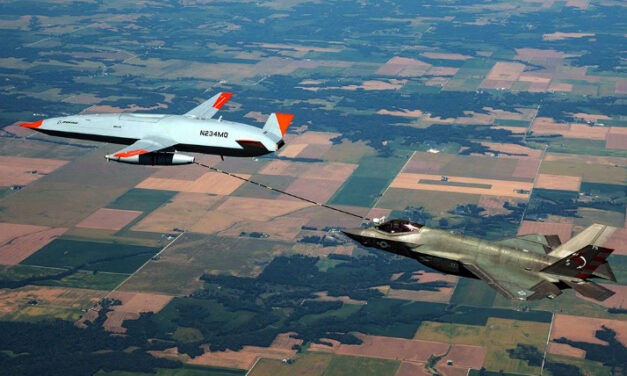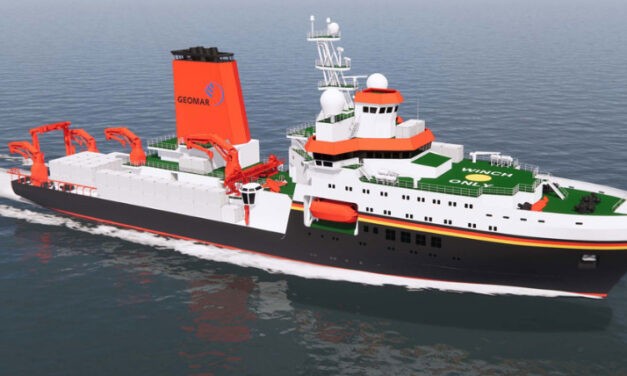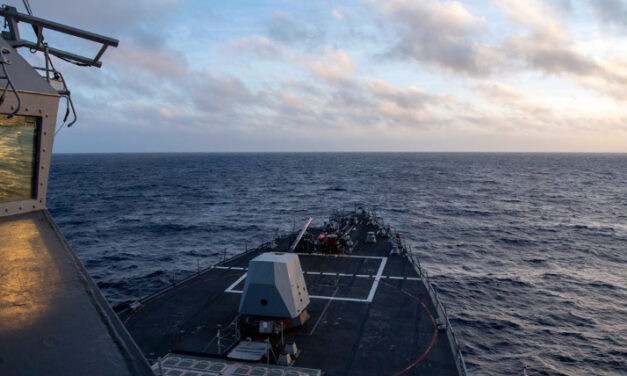Cradle of technology
The navy has been training its junior technical staff in Parow for a quarter of a century. The breadth and quality of the training on offer is unrivalled. 28 March 2021 marked the 25th anniversary of the commissioning of the naval technical school in Parow, Western Pomerania. Started as a prominent measure in the "Army of Unity" project, it has gradually grown into the German Navy's training facility for (almost) all naval technicians. The anniversary provides an opportunity to look back and look ahead and to analyse the current and future contribution of the MTS to the operational capability of the Navy in all its diversity. Access marineforum digital+ Are you already a registered user? Now...
Weiterlesen






Latest comments